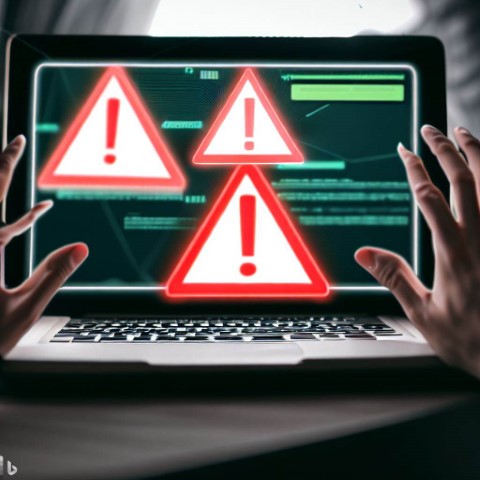
Introduction:
In the digital age, phishing has emerged as a prominent threat to individuals, businesses, and organizations worldwide. Phishing attacks are designed to deceive unsuspecting individuals into revealing sensitive information, such as passwords, credit card details, or personal data. In this article, we will delve into the world of phishing, understand its various forms, explore the techniques employed by cybercriminals, and provide practical tips to protect yourself against these fraudulent attempts.
- Understanding Phishing Attacks:
Phishing attacks typically involve deceptive emails, text messages, or phone calls that appear to originate from trustworthy sources, such as banks, social media platforms, or online retailers. These communications aim to trick recipients into divulging confidential information or clicking on malicious links that can lead to malware infections. By understanding the anatomy of a phishing attack, you can better equip yourself to identify and respond appropriately to such threats.
- Red Flags and Warning Signs:
Recognizing the warning signs of a phishing attempt is vital in preventing falling victim to these scams. Look out for suspicious email addresses, poor grammar or spelling errors, urgent requests for personal information, or unexpected attachments or links. Legitimate organizations typically don’t request sensitive information via email, so exercise caution and verify the authenticity of the communication before responding.
- Spear Phishing and Whaling:
Spear phishing and whaling are targeted forms of phishing attacks that aim to deceive specific individuals, often high-ranking executives or individuals with access to valuable information. Attackers conduct extensive research to personalize their messages, making them appear genuine and trustworthy. Vigilance and skepticism are crucial when dealing with unsolicited emails, especially those requesting sensitive information or financial transactions.
- Protecting Yourself Against Phishing Attacks:
Implementing effective safeguards can significantly reduce the risk of falling victim to phishing attacks. Start by educating yourself and your team members about the dangers of phishing, regularly updating them on the latest tactics and trends. Enable multi-factor authentication (MFA) for your online accounts whenever possible, as it provides an additional layer of security. Be diligent about keeping your devices and software up to date to patch any vulnerabilities that cybercriminals may exploit.
- Reporting Phishing Attempts:
Reporting phishing attempts is essential in combating these cyber threats and protecting others from falling victim. Most organizations and email providers have mechanisms in place to report phishing emails. By reporting suspicious emails or messages, you help authorities and security teams take action to shut down fraudulent websites, track down perpetrators, and raise awareness about new phishing campaigns.
Conclusion:
Phishing attacks continue to pose a significant risk to individuals and organizations alike. By understanding the tactics employed by cybercriminals and adopting preventive measures, you can defend yourself against phishing attempts. Stay vigilant, educate yourself and those around you, and remember to trust your instincts when faced with suspicious communications. By staying one step ahead of the attackers, you can safeguard your personal information, financial well-being, and online security.






